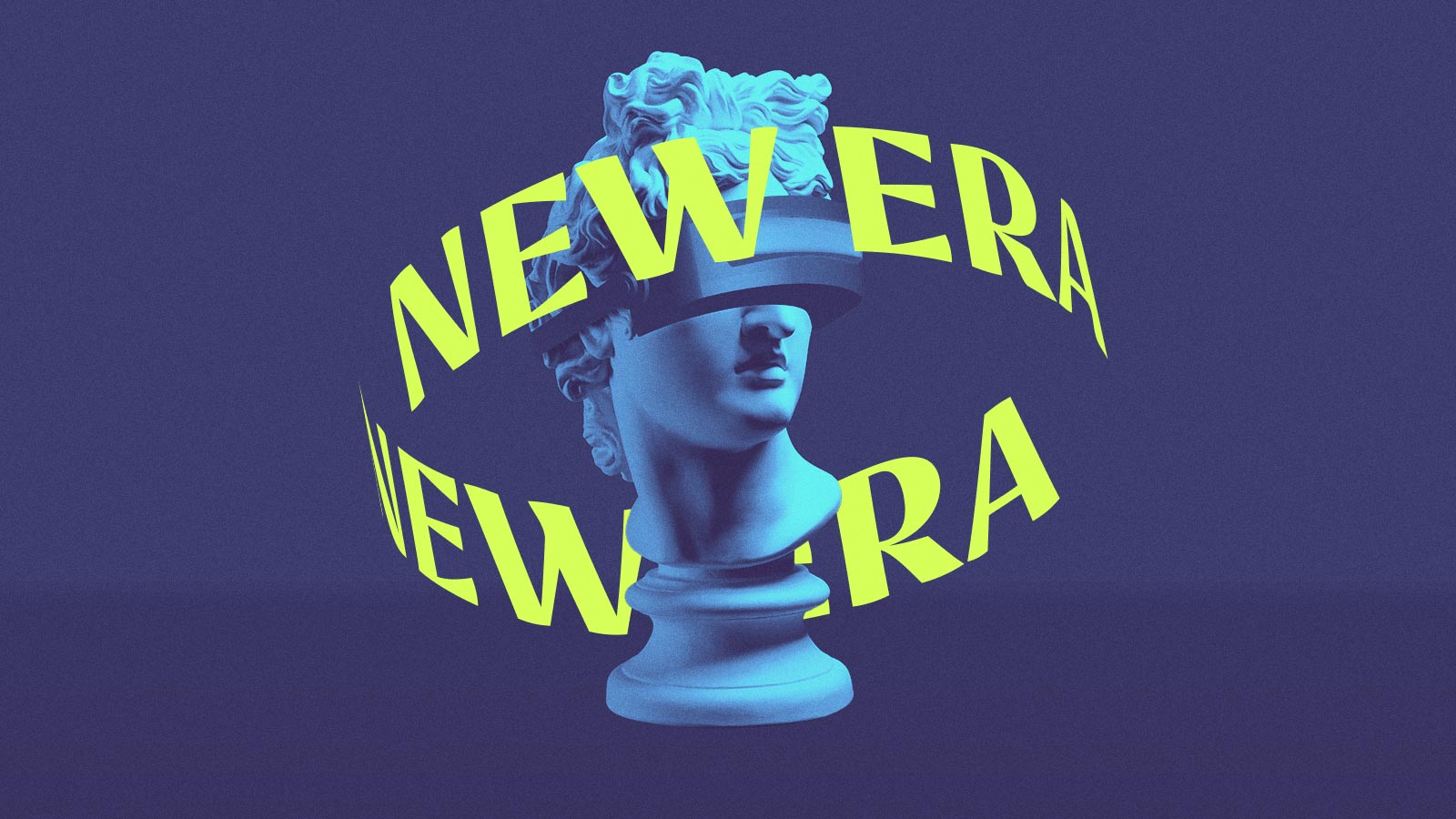Without a doubt, the arts, culture and entertainment category has been one of the most negatively affected by the COVID-19 pandemic. Doors closed, jobs lost, visitors gone. Museums, theaters, orchestras and dance companies have had to completely reimagine how to engage and enrich their communities.
COVID-19 has accelerated many technology trends, such as the use of grocery apps and online shopping. We are seeing this same acceleration in the cultural sector.
Institutions are finding creative and safe ways to ensure an enjoyable visit by limiting capacity, requiring pre-booking, providing sanitization stations and social distancing signs, registering contact information, and ensuring galleries and public spaces are sanitized.
Aside from changes inspired by the pandemic, here are some key trends being driven by consumer wants and needs that are important for arts, cultural and entertainment institutions to consider:
Meaningful
Tell a compelling story about your reason for being and the unique experience you offer with strong, foundational brand positioning.
In a polarizing and explosive cultural era, people are turning to the arts to find community, refuge and inspiration. According to the Edelman Trust Barometer Special Report (2019), “83% of millennials would be more loyal to a company that helps them contribute to social and environmental issues.” As a result, we see a trend in institutions framing their offerings and experiences more poetically and powerfully than ever before. As stated in the Slover Linett Study on Metropolitan Museum of Art Patrons (2018), “Millennials want total assuredness of how the arts impacts their lives – both for personal faculty and for altruistic reasons.”
Dimensional
Explore a range of interactive formats that offer a new way to experience the works of art in the long term (tours, of course, with limited capacity) and the short term (exhibitions), by leveraging the power of technology and installations.
In our ever-growing experience economy, it is more important than ever for brands and institutions to offer highly stimulating and multi-sensory experiences that consumers crave and have come to expect. People want immersive and captivating experiences; no more one-dimensional viewing where docents rule. According to The Vision 2020, WGSN Global, the largest consumer group in the world today is spending the majority of their disposable income on memorable experiences – seeking out immediately rewarding social connection, escapism and emotional cultivation – as a result of the pandemic.
Accessible
Provide increased accessibility and humanization from all angles – design material, tone of voice, event and workshop spaces, tour guides and onsite staff.
According to the Simmons National Study (2019), highly affluent Americans ($250K+) are significantly more likely to have arts memberships and to attend art/cultural events. But with the art world facing visitation challenges, institutions are prioritizing and exploring avenues to attract and capture the hearts and minds of more diverse audiences – many exploring the creation of more relevant and targeted educational tools, as well as inclusive communal spaces. The world of arts and culture no longer belongs to the elite alone – successful, future-thinking institutions are finding ways to include a more ethnically, culturally and socioeconomically diverse consumer base, who, in turn, will finally bring this sector into the 21st century.
It is hard to predict what the future holds for cultural institutions. What is certain is that new strategies to drive revenue and engagement will be more important than ever, now that organizations cannot count on robust attendance figures for their programming.
Despite the unknowns, organizations can set themselves apart and find new ways to engage and educate their audiences and communities.

